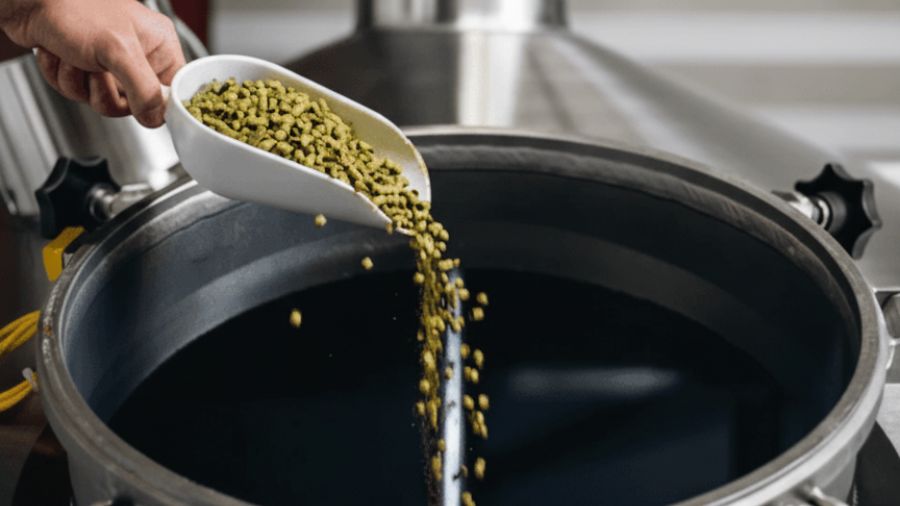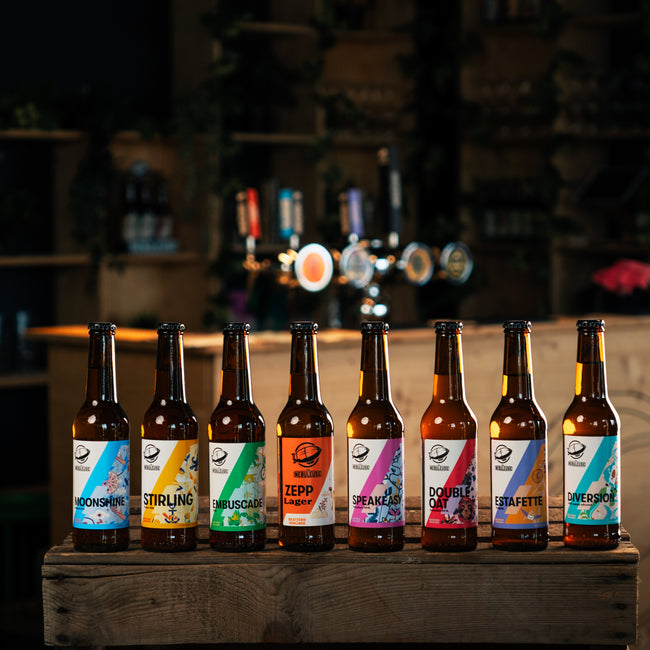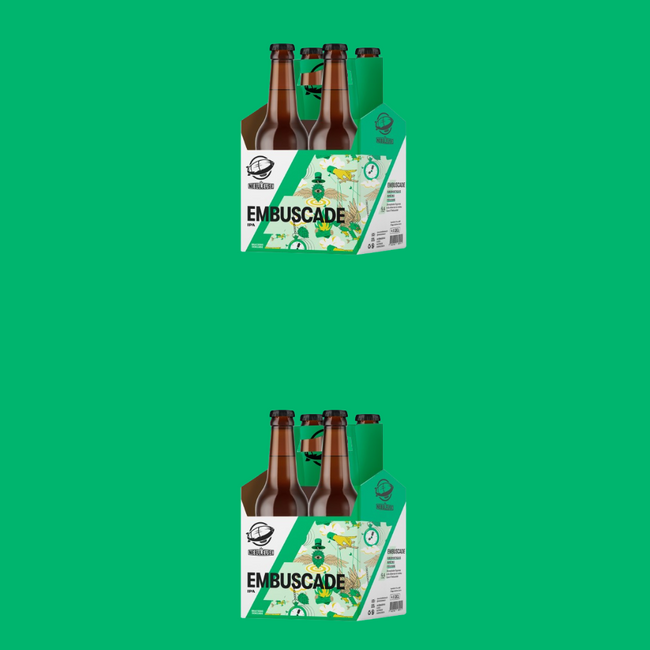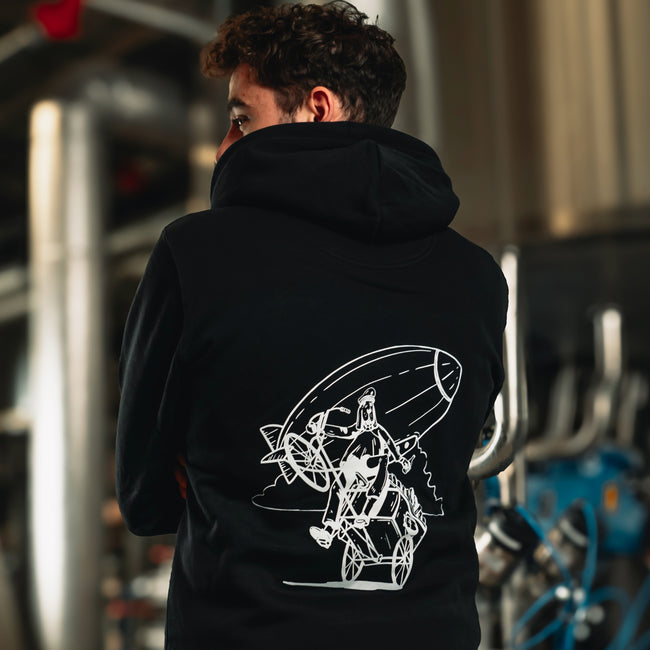Swiss hops, an aromatic treasure of craft beers

Forget the tourist clichés for a moment. Switzerland isn't just a collection of photogenic mountains and fine chocolates. In the shadows of the Alpine peaks, a plant treasure discreetly grows, thrilling the taste buds of even the most discerning brewers: Swiss hops. This stubborn vine infuses local beers with a character as unique as yodeling and is frankly more enjoyable in the evening. While the brewing world chases exotic hops, a few die-hard Swiss are reinventing their aromatic heritage with green cones grown in the shadow of the Matterhorn.
From tradition to the renaissance of Swiss hops
The story of Swiss hops is the perfect scenario for a comeback movie. In the Middle Ages, long before anyone was raving about an IPA, Swiss monks were already growing this plant climbing the sides of their monasteries. From the 15th to the early 20th century, hop gardens flourished in regions like Aargau and Thurgau, giving rise to beers with a character as strong as the local accent.
Then came the downfall. Industrialization imposed its standardized recipes and imported ingredients by the truckload. By the 1970s, the last commercial Swiss hop farms were closing, relegating local hops to the ranks of quaint traditions.
But now, like good yeast that refuses to die, this culture has been smoldering under the ashes. For the past fifteen years, a handful of stubborn farmers and visionary brewers have awakened the sleeping beauty. Growing hops in Switzerland is a bit like trying to grow palm trees in Siberia—technically possible but extremely challenging. This plant diva requires three years of patience, structures taller than a three-story chalet, and a climatic balance worthy of a circus act.
Yet, the Alpine terroir hides an incredible aromatic potential . The marked temperature amplitudes concentrate essential oils like nowhere else. Today, alongside acclimatized international varieties, purely Swiss creations are emerging, such as the Alpenperle, which concentrates in its cones a bouquet of citrus and forest fruits that would make a master perfumer weep with joy.
An aromatic profile shaped by the Alps
If you thought terroir was only for pretentious wines, think again. A fundamental ingredient in any beer , hops are to beer what grapes are to wine: a concentrate of aromas shaped by their environment. And the Alps don't do things by halves when it comes to shaping flavors.
Swiss hops are distinguished by an aromatic signature as unique as the white cross flag. First, these Alpine temperature variations—sunny days followed by cool nights—act as a natural aroma intensifier. Essential oils become concentrated, terpenes reach levels that are the envy of lowland hops. The result: more vivid, more precise notes, as if someone had turned the olfactory definition dial all the way up.
Alpine soils, a blend of minerals stripped from the mountain by millennia of erosion, give hop roots a distinctive signature. Where an American Cascade plays the citrus-grapefruit card, its alpine cousin adds an almost vinous touch and a subtle herbaceous depth that brewers are only just beginning to master.
Altitude, the enemy of breathless hikers, becomes hops' ally. The more intense UV radiation at higher altitudes stimulates the production of defensive aromatic compounds in the plant. It's as if hops develop their own aromatic sunscreen—and we enjoy it in our glasses.
This notion of "hop-growing terroir" is not just a marketing hype. Recent studies on the chemistry of essential oils have shown that two genetically identical plants, grown in different terroirs, develop distinct aromatic profiles. This is the magic of the interaction between genetics and environment.
A creative brewer like La Nébuleuse could perfectly imagine a special edition where Embuscade , with its notes of blood orange and resin, would meet the distinctive herbal and floral characteristics of Alpine hops. An encounter that would create a taste experience telling the story of a place as clearly as a postcard.
From field to glass, brewers' local commitment
The emergence of Swiss hops is no spontaneous miracle. It's above all a story of people, unlikely alliances, and long-term vision. The equation is simple: no brewers to buy the hops, no farmers to grow them. This obvious fact has given rise to a new form of collaboration between stakeholders in the brewing chain.
Several forward-thinking microbreweries have implemented pre-order systems that guarantee hop growers a market even before sowing. Others have gone further by becoming shareholders in fledgling hop fields, ensuring equitable risk sharing. This approach, reminiscent of the community-supported contract farming model, allows farmers to get started without risking their shirts at the first sign of a storm.
Swiss craft beer faces significant sustainability challenges , and local hop sourcing represents an important step in that direction. When a hop cone travels 10 kilometers instead of 10,000, its carbon footprint melts like snow in the sun. Not to mention the traceability and transparency that allow consumers to know the full story of their brew.
Beyond the environmental aspect, an entire local economy is being reinvented. These collaborations create added value that remains in the region, stimulating a diverse agricultural ecosystem. Hops thus become the symbol of a circular and resilient microeconomy.
This approach resonates particularly well with a public increasingly sensitive to the origin of products. The myths about beer that we must dispel include the idea that beer is a standardized product with no connection to its terroir. Creations based on local hops tell a story that even the most creative marketing could not invent—that of a territory, its inhabitants, and their know-how.
La Nébuleuse's Speakeasy , this light and refreshing Session IPA, perfectly embodies the spirit of a brewery rooted in its local ecosystem. It represents the philosophy of a beer that seeks a balance between intense flavors and thirst-quenching lightness - exactly what the integration of local Swiss hops with their unique profile would allow.
The future in our glasses
Swiss hops are still in the early stages of their renaissance, but their potential is as dizzying as the Alpine peaks that surround them. More than just a trend, it's a groundswell that's reinventing our relationship with the brewing terroir.
So the next time you enjoy a craft beer, ask yourself if its aromas tell the story of a place or that of a container that has crossed three oceans. Because in a standardized world, true luxury may be found in those authentic flavors that reconnect us to our land and those who shape it.









